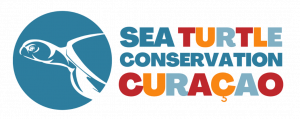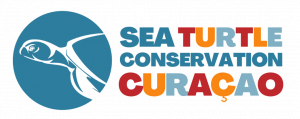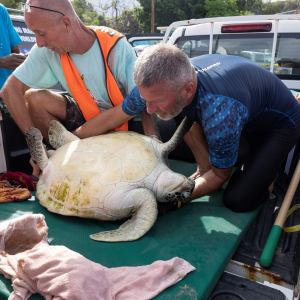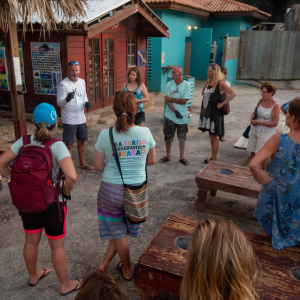My Role
As field coördinator am I is responsable for daily operations as well for the care of the turtles in rehab.
The team of volunteers and interns is also coached by me. As inwater specialist i manage the rescues and inwater operations and provides external partners in a sustainable way acces to the turtle population of Curacao.
My Story
Yes, I look Dutch, was born in the Netherlands in 1970, but grew up in both Holland and Curaçao and am the result of a cultural meltingpot.
I Lectured in social studies and managed innovative projects in the care of (autistic) young people.
I’ve always tried to combine my passion for people and nature, by taking my students outdoors, creating awareness, and involving and including people in activities. As field coördinator my motto is: let’s explore together and make connections, curiosity is key!
For the last 8 years, I have worked in different countries (Greece, Curacao, Spain, Barbados) in sea turtle conservation and coached volunteers and interns. I am a passionate and experienced educator, communicator and conservationist.
My Values & Beliefs
Respect for nature
Mankind has a task and role as steward of the earth, for too long and too much we have exploited this
world, instead of exploring it in amazement. A lot is happening around us that we do not understand and
cannot control. Wonder and respect are a healthy basic attitude
Be aware of our place and take responsibility
Our influence on nature and the environment is great and the effects of our actions are sometimes
incalculable. An action or event today can have an impact for the very long term. Now is the time to
change our behaviour and it starts with education and awareness.
Restore in a realistic way
If we all contribute, there will be a positive change. If we do it step by step, it can be sustained and it will
remain fun. In handson conservation and a action driven way of working I choose a realistic approach. Achievable and goals will keep you motivated for longer!
Contact informations:
Phone number: +5999 644 7970
E-mailadress: ard.d.vreugdenhil@gmail.com
Instagram: @Ardvreugdenhil








Social Media:
We love to share our knowledge and effort not only on Curaçao, but also with our followers and supporters around the globe. Therefore, we use multiple social media platforms to keep you updated and informed about our ongoing work.
Instagram
@curacaoturtles
Facebook
@SeaTurtleConservationCuracao
YouTube
@seaturtleconservationcurac7736